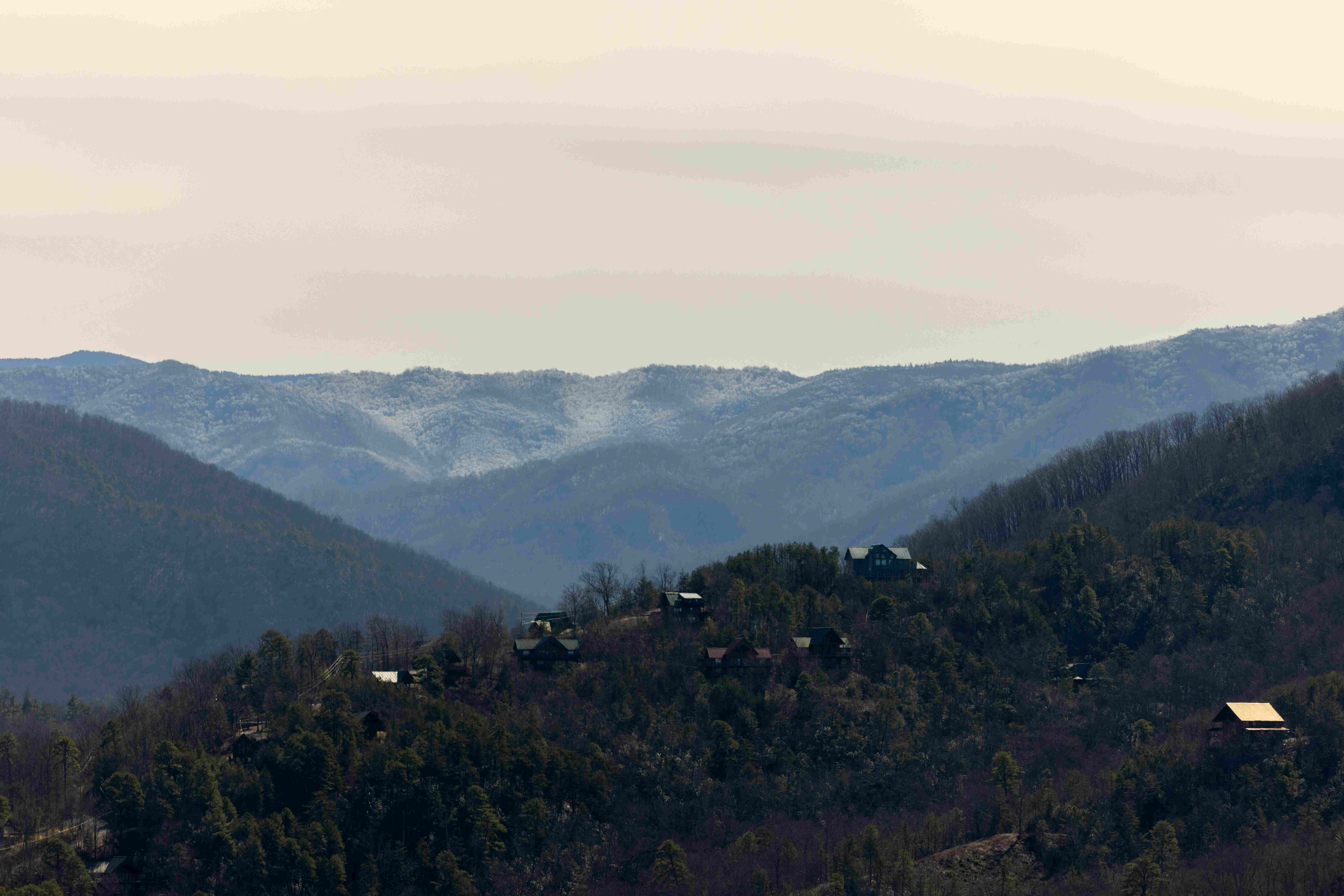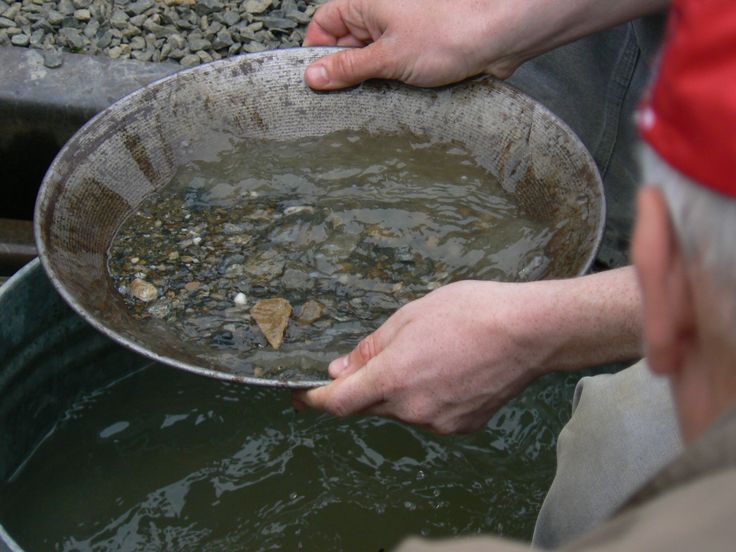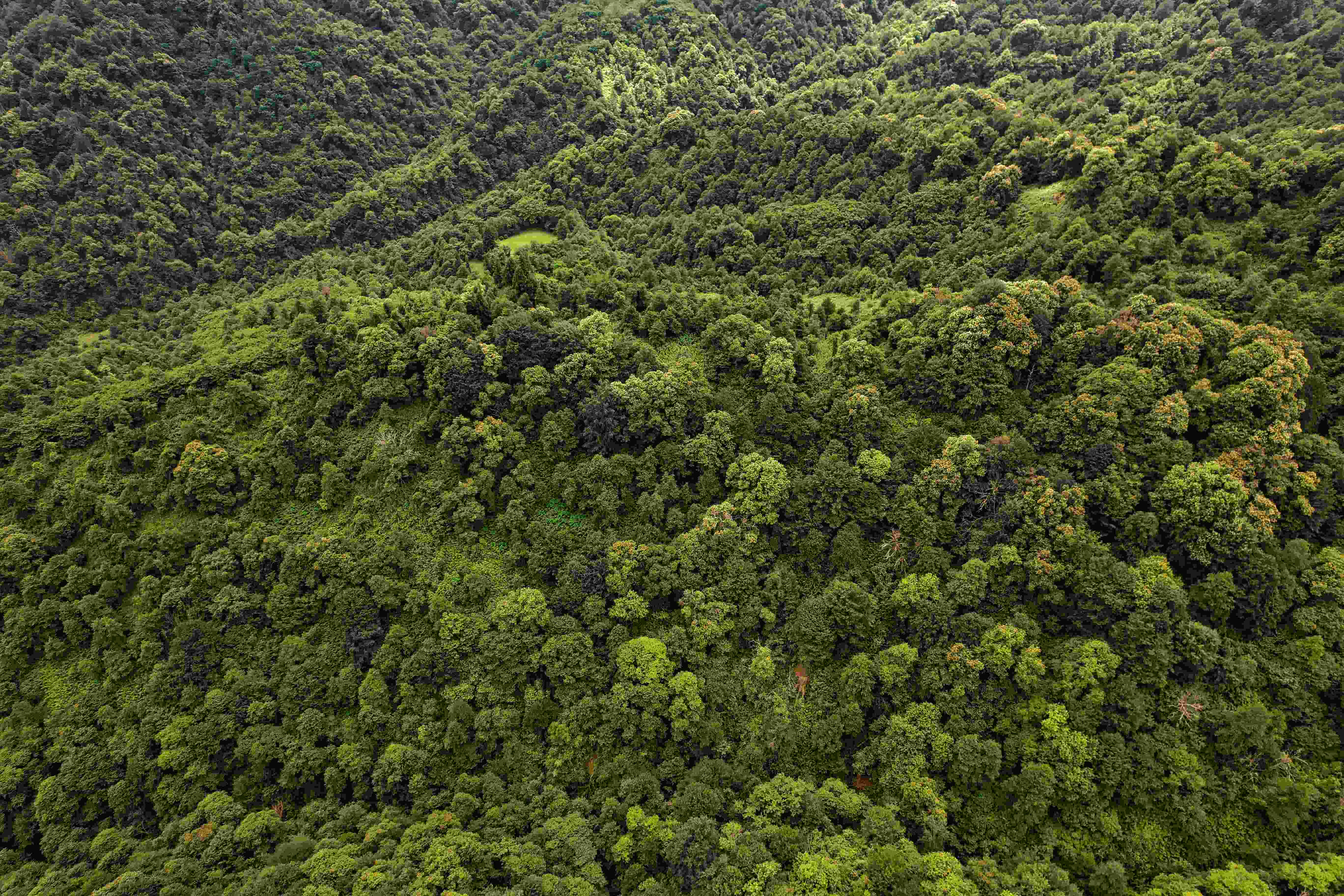Rockhounding in Tuscaloosa, Alabama
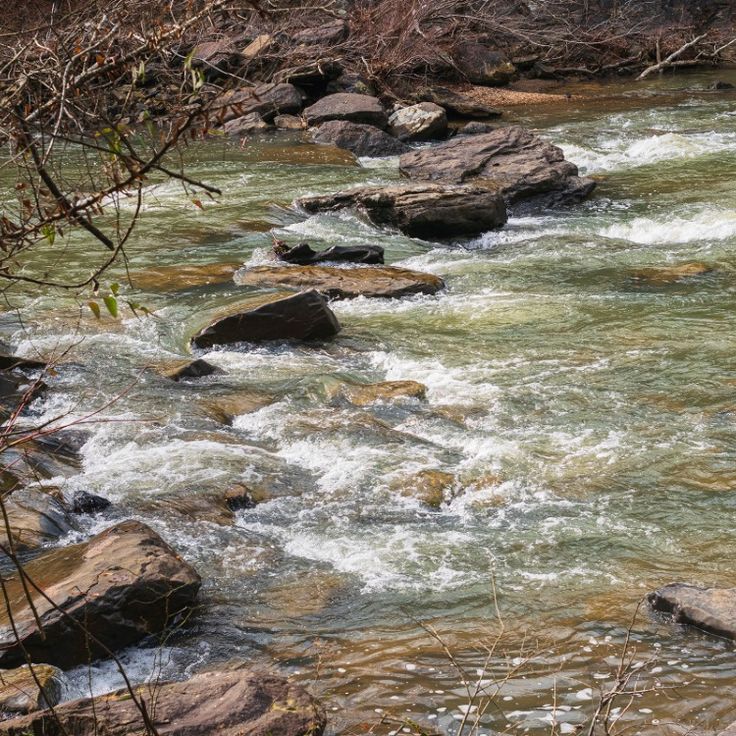
Tuscaloosa is a great place to start if you are looking to explore rockhounding in Alabama. This location has a great history of gemstones, rocks, fossils, as well as cretaceous marine deposits, mostly found in its riverbanks shaped by millions of years of geologic history.
The Black Warrior River in Tuscaloosa Alabama, is a rich site for rockhounding and fossil enthusiasts. Named after a Native American Tribe that once lived in the area, the region is known for its chalk bluffs, limestones, clay deposits, and sedimentary layers that date back to the Cretaceous period. These formations hold a variety of marine fossils, a great reminder of when the area was covered by a shallow sea.
Rock collectors, hobbyists, and researchers interested in its rich fossil record usually come here to find the best gems from Alabama. The riverbanks reveal ancient seashells, jasper rocks, and other beautiful gemstones with historical significance. With a beautiful landscape and geological history, Tuscaloosa is a top destination for fossil lovers in Alabama.
Most of its gems are protected, but it is still a great location to see rocks and maybe photograph them for educational or just viewing experience. Meanwhile, the Alabama Museum of Natural History, located in Tuscaloosa, preserves specimens from these formations.
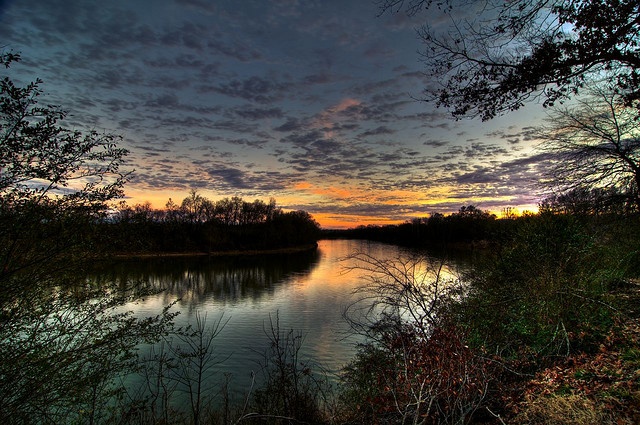
What Can Be Found in Tuscaloosa
Rockhounders in Tuscaloosa may encounter:
- Jasper: This is a cool, large, and sacred stone one can find in the Black Warrior River. Jasper is known to foster stability, and comes in unique colors and designs like Red Jasper, Willow Creek Jasper, and Biggs Jasper.
- Vivianite: This deep blue gem can be discovered near lake Harris, although colorless when it is fresh found, but quickly adapts a deep blue or pale blue color. Vivianite is said to be significant in bringing peace and balance. While hunting, you will most likely find it amongst dirt.
- Chalcedony: This gemstone is commonly found in riverbanks, a form of silica composed from metamorphic intergrowth of quartz and morganite, predominantly in blue-green and white color. They occur in nodules so you need to crack open with a hammer. They have beautiful blue and gray shades and are known to bring peace and tranquility. You can find this gem near the Black Warrior River.
- Agates: Agate rocks are primarily found in the riverbanks around Tuscaloosa, and formed from the rich fluids of silica in volcanic rocks presenting a colorful gemstone known for its stabilising properties. You will find Agate rocks near the Black Warrior River.
- Marine Fossils: In Tuscaloosa, you will also find fossils dated back to the cretaceous period. These fossils includes; shells, corals, limestones containing small fossils, and other invertebrates. These fossils are usually exposed along riverbanks.
Some rockhounders have speculated that they found shark teeth or petrified wood in Tuscaloosa; but officially it is not documented that the area houses these artifacts. In Tuscaloosa, marine invertebrate fossils in chalk and limestone are the most reliable finds.
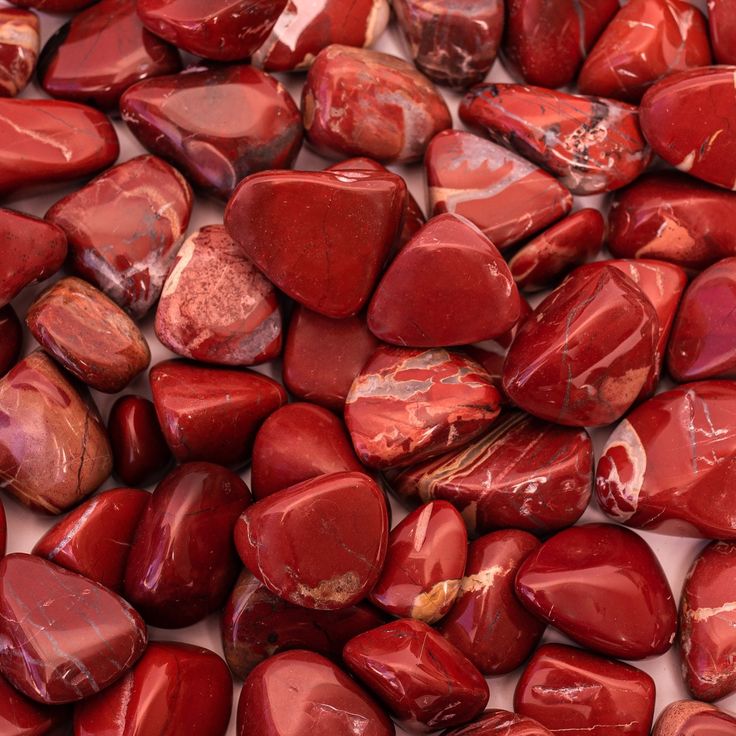
Red Jasper
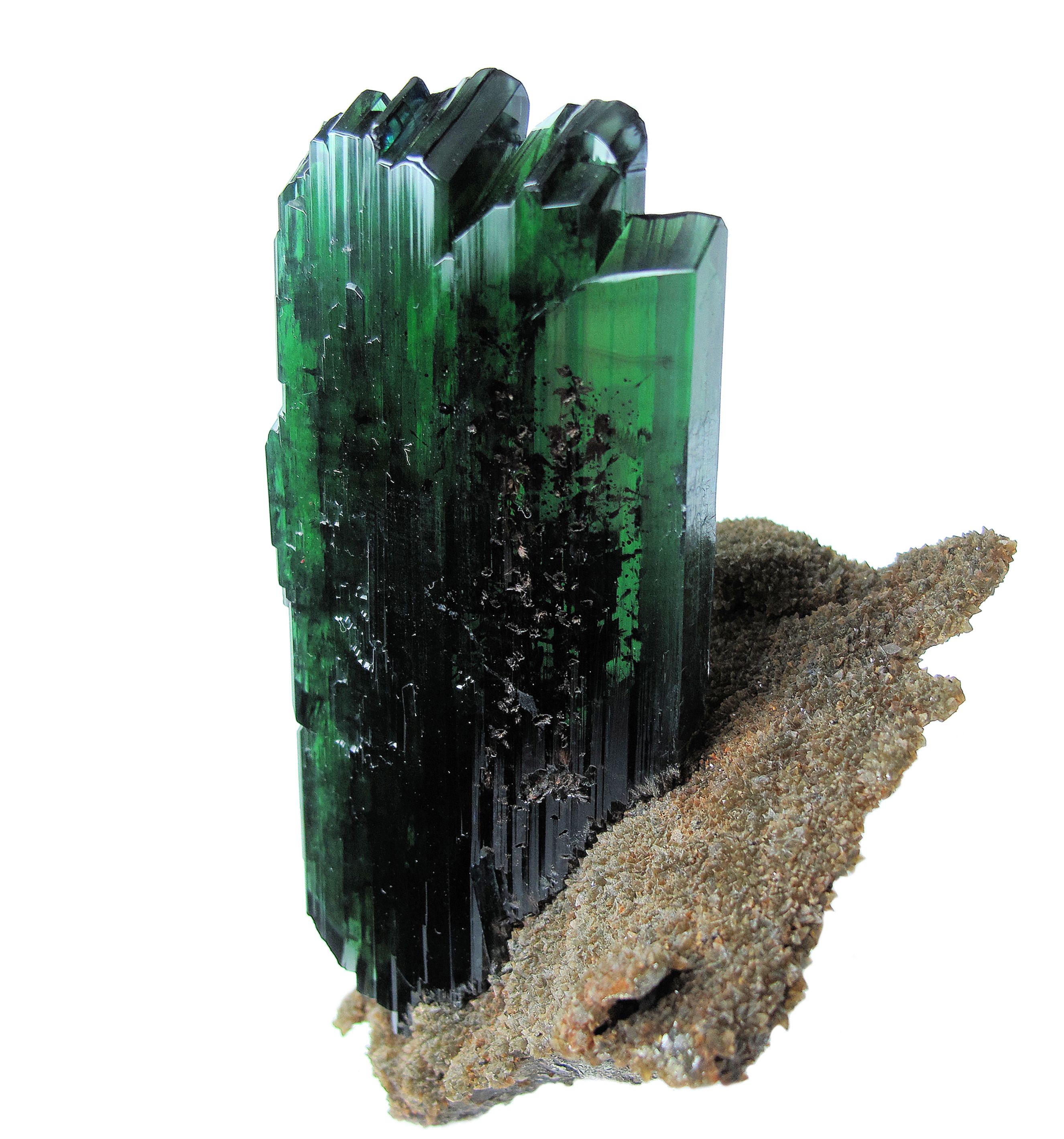
Vivianite
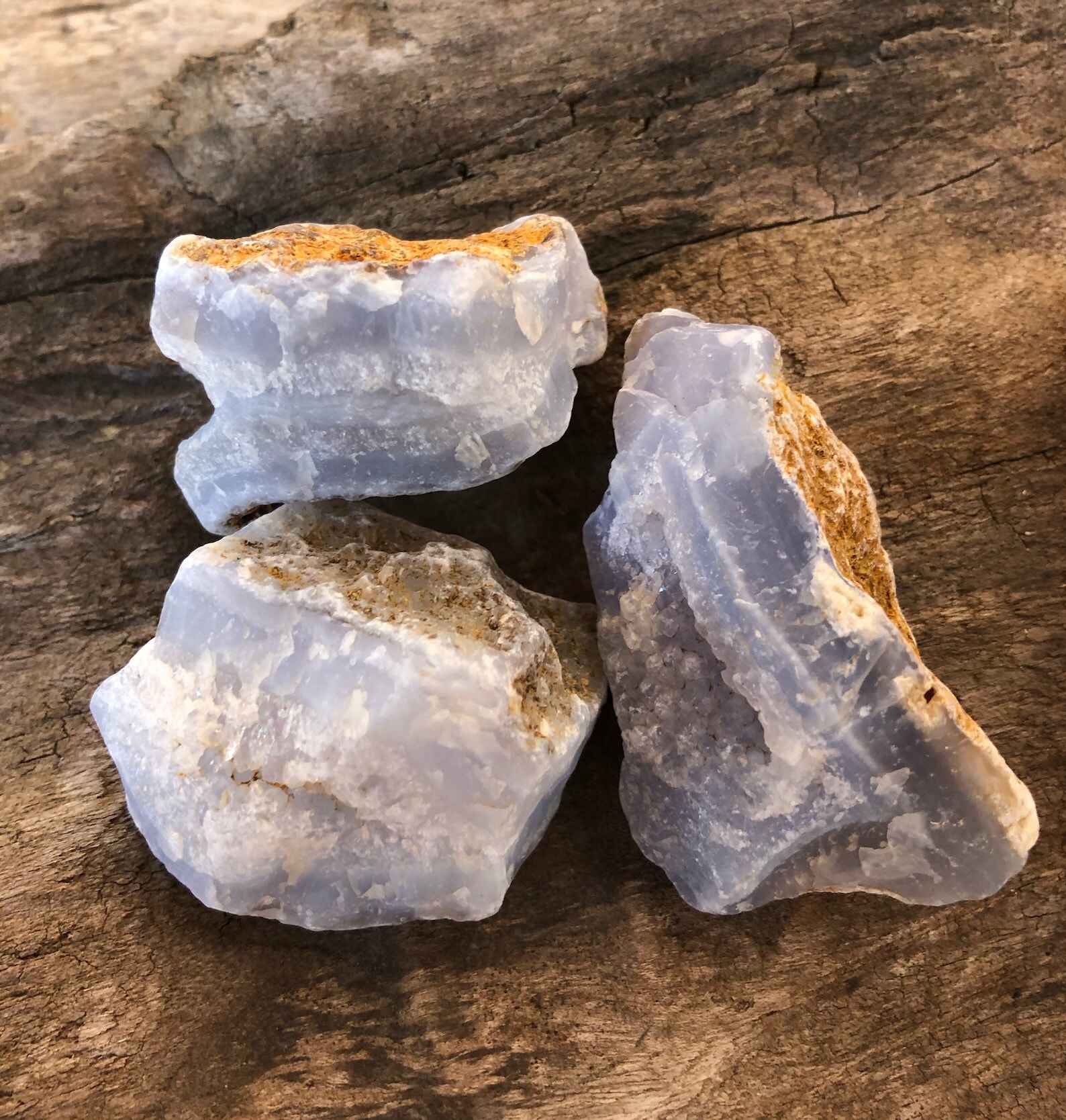
Chalcedony
Rockhound Locations in Tuscaloosa, Alabama
In Tuscaloosa, the sites you can go rockhounding, include:
1. Black Warrior River: The popular Black Warrior River flows directly through Tuscaloosa, and is home to many gemstones you can find like Agates, Chalcedony, Jasper stones, Petrified wood, as well as marine fossils.
2. Sipsey Wilderness: The Sipsey wilderness is a good place to find gemstones like Garnets, Tourmaline, and Smoky Quartz.
3. Strip Mine, NE of Tuscaloosa: Here you will find Petrified Wood and Quartz.
4. Strip mines ~4 mi. W of Brookwood: Here you will find Agates, Petrified woods, Quartz crystals.
5. Local Creeks and Tributaries: Smaller creeks feeding into the Black Warrior River may also carry fossil fragments eroded from surrounding chalk beds.
6. Alabama Museum of Natural History: The state museum located on the University of Alabama campus in Tuscaloosa, is also a great place to explore and learn about Tuscaloosa fossil record, and other significant specimens.
Tuscaloosa is located in west-central Alabama, about 60 miles southwest of Birmingham. With the coordinates:
Longitude: 33.2098° N
Latitude: 87.5692° W
How to get there:
If you are going by Car; Tuscaloosa is in west-central Alabama, accessible via I-20 / I-59. From Birmingham, it is a 1 hour (60 miles) journey southwest. You can also get through the Birmingham-Shuttlesworth International Airport (BHM). Once in town, many sites along the Black Warrior River are within easy driving distance.
Black Warrior River
Strip Mine NE, Tuscaloosa
Recommended Gear and Tips
When visiting Tuscaloosa for rockhounding, come prepared for outdoor exploration. These tools will aid your journey:
- Safety Gear: It is recommended to go with your safety gears and appropriate clothing. Your gloves, safety glasses, and comfortable boots that can give you room to walk around freely.
- Collection Bags and Wrapping Paper: This will help to protect against fragile fossils.
- Field Guide: A guide will help you easily identify Alabama's Cretaceous fossils, as well as other gemstones.
- Sun Protection: A hat, sunscreen, and sunglasses for outdoor trips.
- Notebook and Camera: To document and photograph finds without disturbing the site.
Rockhounding Rules & Tips for Tuscaloosa

Take note of these rules before going rockhounding in Tuscaloosa, Alabama.
- Rock collecting is not allowed in state parks.
- You need to seek permission before going to mines or private property. Public access is allowed along certain parts of the Black Warrior River, but collecting on private land or active quarries requires permission.
- Fossil collecting should be done in moderation; take only a few specimens for personal use.
- Stay safe around rivers: avoid strong currents, high water levels, or unstable chalk bluffs.
- For deeper learning, visit the Alabama Museum of Natural History in Tuscaloosa, which showcases many local finds.
Tips:
- Go during the rainy season as it exposes crystals on the river surface and makes them easy to find.
- Go with essentials like drinks, snacks, and first aid in case of little accidents.
- Dress in appropriate safety clothes and dress in accordance with the weather.
- Research before going about the rules and best places that are open for rockhounding.
- Do not leave trash behind while hunting for rocks or fossils.
- Don't hurt plants or animals while rockhounding. It is best to keep things within control.
- Pack rocks in soft clothes so they are not damaged easily.
Final Thoughts
Tuscaloosa in addition to its vibrant culture and university spirit, it also holds the history of the best gems found in Alabama. When you visit for rockhounding, do explore the Black Warrior River and its surrounding bluffs; traces of Alabama's ancient seas are still visible in these areas.
Tuscaloosa also offers glittering crystal finds like Jasper stones, Agates,and Chalcedony. You will definitely have a great time exploring these sites. Also visiting the Alabama Museum of Natural History will educate you on other specimens of historical gems and fossils from Tuscaloosa.
Other Rockhounding Sites in Alabama
While Tuscaloosa is a fossil hotspot, Alabama has many other exciting rockhounding locations:
Guide Books for Gem Mining in Alabama
For those seeking more in-depth information and detailed directions to various gem sites in Alabama, several excellent guidebooks are available.




